—————————————————————————————————————————————————————-
Become Fan of Karka Nirka Blog in Facebook
http://www.facebook.com/pages/Karka-Nirka/353094691592
——————————————————————————————————————————————————————
17.கரிக்குருவி kari-k-kuruvi,வலியான் valiyān,வாலாட்டிக்குருவி vāl-āṭṭi-k-kuruvi
கருங்குருவி karun-ṅ-kuruvi,கரிச்சான் kariccāṉn ,கயவு kayavu ,கஞ்சனம் kañcanṉam,
ஆனைச்சாத்தன் ānṉaiccāttanṉ ,கபிலம் kapilam
Common Name: King- crow: glossy black bird with long forked tail
Latin Name:Dicrurus macrocercus
The Black Drongo (Dicrurus macrocercus), also known as the King Crow, is a small Asian passerine bird of the drongo family Dicruridae. Previously considered a subspecies (Dicrurus adsimilis macrocercus) of the African Fork-tailed Drongo (Dicrurus adsimilis), it is now recognized as a full species. It is a common resident breeder in much of tropical southern Asia from southwest Iran through India and Sri Lanka east to southern China and Indonesia. It is a wholly black bird with a distinctive forked tail and measures 28 cm (11 in) in length. Feeding on insects, it is common in open agricultural areas and light forest throughout its range, perching conspicuously on a bare perch or along power or telephone lines. The species is famous for its aggressive behaviour towards much larger birds, such as crows, never hesitating to dive-bomb any birds of prey that invades its territory. Smaller birds often nest in the well guarded vicinity of a nesting Black Drongo.

http://www.animalpicturesarchive.com/ArchOLD-6/1167662184.jpg
http://www.birding.in/images/Birds/rajiv/black_drongo.jpg
—————————————————————————————————————————————————————————————————————————————————————————————————————————————
18.வலியான் valiyān,வாலாட்டிக்குருவி vāl-āṭṭi-k-kuruvi
Common Name:Red wagtail
Latin Name:Motacilla madras-patana
கரிக்குருவிவகை
The White-browed Wagtail or Large Pied Wagtail (Motacilla maderaspatensis) is a medium-sized bird and is the largest member of the wagtail family. They are conspicuously patterned with black above and white below, a prominent white brow, shoulder stripe and outer tail feathers. They are common in small water bodies and have adapted to urban environments where they often nest on roof tops. The specific name is derived from the Indian city of Madras(now Chennai).
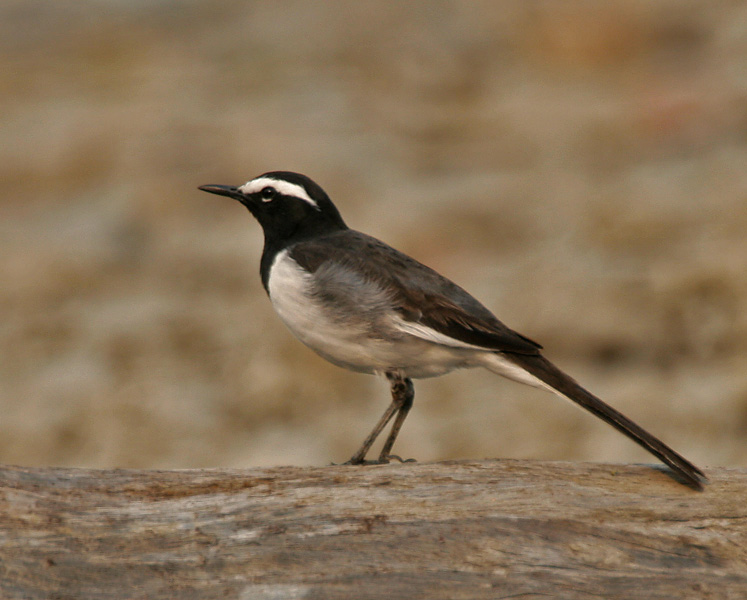
—————————————————————————————————————————————————————————————————————————————————————————————————————————————
19.மஞ்சட்குருவி mañcaṭt-kuruvi
Common Name:Turmeric bulbulLatin Name:Ixos luteolus
The White-browed Bulbul, Pycnonotus luteolus, is a member of the bulbul family of passerine birds. It is resident breeder in Sri Lanka and the coasts of peninsular India.This is a bird of dry scrub and woodland edges. It builds its nest in a tree; two eggs is a typical clutch.The White-browed Bulbul is about 20 cm (7 inches) in length, with a long tail. It has olive-grey upperparts and whitish underparts. This species is identified by the white supercilium, white crescent below the eye, and dark eyestripe and moustachial stripe. Sexes are similar in plumage. It is usually detected by the burst of song that it produces from the top of a bush and often dives into the bush becoming difficult to see.
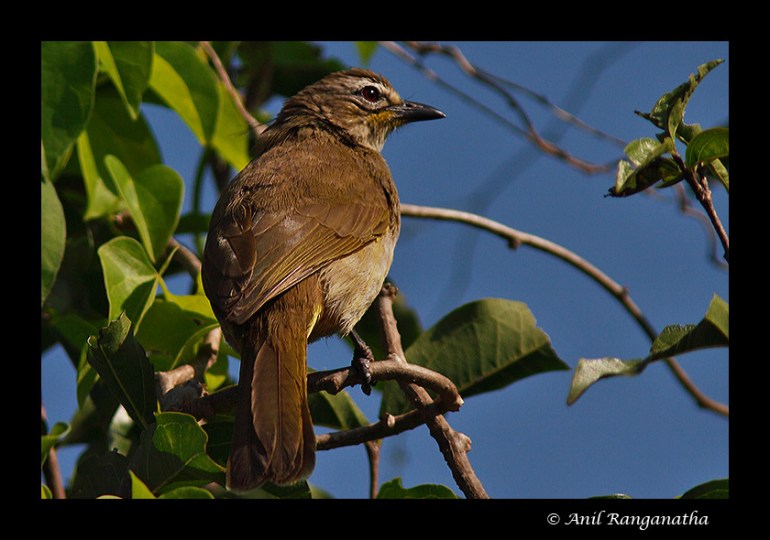
http://www.naturestrands.com/gallery2/d/169-3/CR2_WhiteBrowedBulbul_Closeup.jpg
—————————————————————————————————————————————————————————————————————————————————————————————————————————————
20.சக்கிலிக்குருவி cakkili-k-kuruvi,பொன்வாய்ப்புள் poṉ-vāy-p-pul, நரையான் naraiyāṉn , சிச்சிரம் cicciram,தைத்திரம் taittiram, சிச்சிலி ciccili ,மீன்கொத்தி mīnṉ-kotti
Latin Name:Alcedinidae
Kingfishers are a group of small to medium sized brightly coloured birds in the order Coraciiformes. They have a cosmopolitan distribution, with most species being found in the Old World and Australia. The group is treated either as a single family, Alcedinidae, or as a suborder Alcedines containing three families, Alcedinidae (river kingfishers), Halcyonidae (tree kingfishers), and Cerylidae (water kingfishers). There are roughly 90 species of kingfisher. All have large heads, long, sharp, pointed bills, short legs, and stubby tails. Most species have bright plumage with little differences between the sexes. Most species are tropical in distribution, and a slight majority are found only in forests. They consume a wide range of prey as well as fish, usually caught by swooping down from a perch. Like other members of their order they nest in cavities, usually tunnels dug into the natural or artificial banks in the ground. A few species, principally insular forms, are threatened with extinction.

http://coyotescall.files.wordpress.com/2009/05/kingfisher.jpg
—————————————————————————————————————————————————————————————————————————————————————————————————————————————
21.தச்சன்குருவி taccaṉ-kuruvi,எழுத்தாணிக்குருவி eḷuttāṇi-k-kuruvi ,மரங்கொத்தி maraṅ-kotti
1. Carpenter; மரத்தில் வேலை செய்பவன்.
Common Name:Wood-pecker
Latin Name:Picidae
The woodpeckers, piculets and wrynecks are a family, Picidae, of near-passerine birds. Members of this family are found worldwide, except for Australiaand New Zealand, Madagascar, and the extreme polar regions. Most species live in forests or woodland habitats, although a few species are known to live in treeless areas such as rocky hillsides and deserts.The Picidae are just one of the eight living families in the order Piciformes. Members of the order Piciformes, such as the jacamars , puffbirds , barbets , toucans and honeyguides, have traditionally been thought to be very closely related to the woodpeckers, piculets and wrynecks. More recently, DNA sequenceanalyses have confirmed this view.
There are about 200 species and about 30 genera in this family.

http://queensincanada.files.wordpress.com/2009/11/pileated-woodpecker.jpg
http://mayo.personcounty.net/Wildlife%20Page/wood%20pecker.jpg
—————————————————————————————————————————————————————————————————————————————————————————————————————————————
22.தரையில்லாக்குருவி tarai-y-illā-k-kuruvi , தைலாங்குருவி tailāṅn-kuruvi , தகைவிலாங்குருவி takaivilāṅn-kuruvi , தலையிலாக்குருவி talai-y-ilā-k-kuruvi
Common Name:Swallow
Latin Name:Hirundinidae
தரை யில் தங்காது பெரும்பாலும் பறந்துகொண்டே இருக் குங் குருவிவகை.
The swallows and martins are a group of passerine birds in the family Hirundinidae which are characterised by their adaptation to aerial feeding. Swallow is used colloquially in Europe as a synonym for the Barn Swallow.The name “martin” tends to be used for the squarer-tailed species, and the name “swallow” for the more fork-tailed species; however, there is no scientific distinction between these two groups. The family contains around 83 species in 19 genera.The swallows have a cosmopolitan distribution across the world and breed on all the continents except Antarctica. It is believed that this family originated inAfrica as hole-nesters; Africa still has the greatest diversity of species. They also occur on a number of oceanic islands. A number of European and North American species are long-distance migrants; by contrast, the West and South African swallows are non-migratory. A few species of swallow and martin are threatened with extinction by human activities, although other species have benefited from human changes to the environment and live around humans.

http://www.animalpictures1.com/data/media/121/swallow-1.jpg
http://www.calliebowdish.com/Birds/TreeSwallowLC4046Feb2007.jpg
—————————————————————————————————————————————————————————————————————————————————————————————————————————————
23.தகைவிலாங்குருவி takaivilāṅn-kuruvi
Latin Name:Cypselinae
தகைவிலான் குருவிவகை.
Cypseloides is a genus of swift in the Apodidae family.
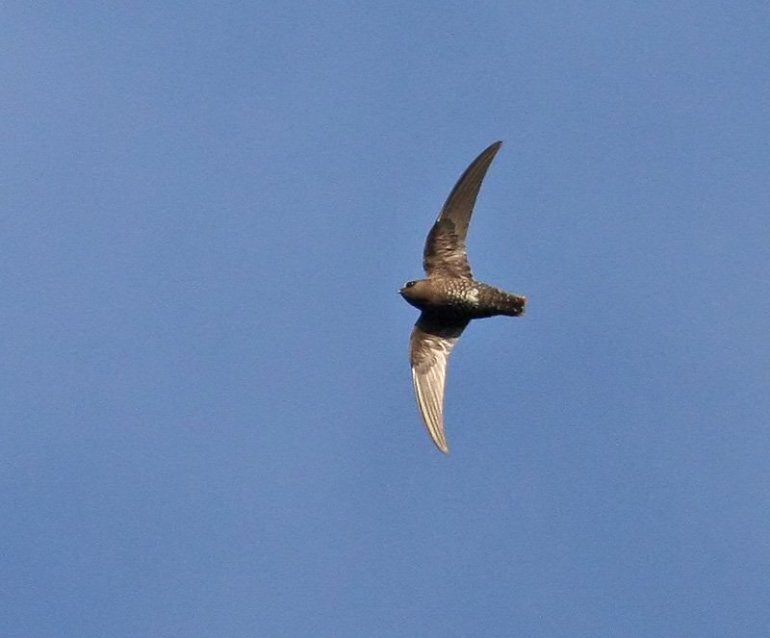
http://www.mangoverde.com/birdsound/images/00000020905.jpg
————————————————————————————————————————————————————————————————————-
Different types of Kuruvi – Part 1
Different types of Kuruvi – Part 2
Different types of Kuruvi – Part 3
Different types of Kuruvi – Part 4
————————————————————————————————————————–
—————————————————————————————————————————————————————————————————————————————————————————————————————————————
————————————————————————————————————————————————————————————————————-
Follow blog in Face book http://www.facebook.com/group.php?gid=83270822979&ref=mf
Orkut community http://www.orkut.com/Community.aspx?cmm=49797549
——————————————————————————————————————————————————————–
Reference:
Tamil Lexicon
Wikipedia
——————————————————————————————————————————————————————–
——————————————————————————————————————————————————————-
Follow blog in Face book http://www.facebook.com/group.php?gid=83270822979&ref=mf
Orkut community http://www.orkut.com/Community.aspx?cmm=49797549
—————————————————————————————————————————————————–


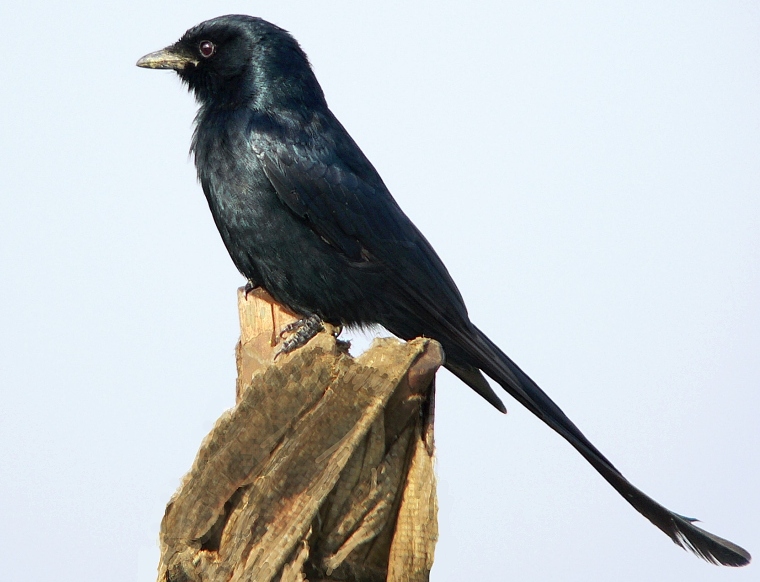
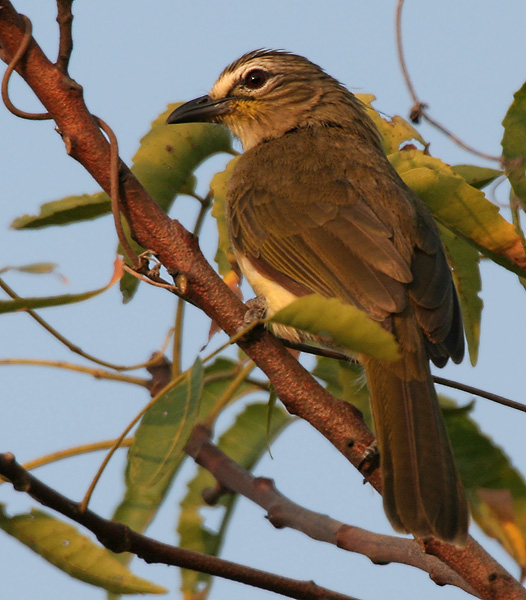

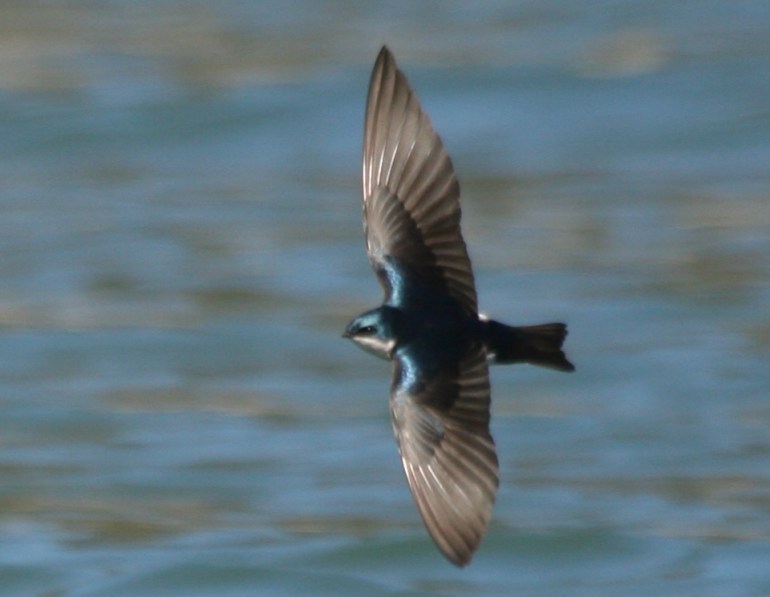






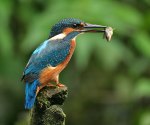


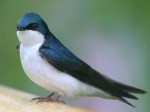




This is a labor of love ! மெய்யாகவே அருமையான தொகுப்பு…மிக்க நன்றி !!
– மது
Good collection of Kuruvis
Very good collection. Appreciate for your efforts. When I read about the commencement of this BLOG I wondered. Continue your good servi ce to Tamil language. M.’C.Amarnath
உங்கள் கால் கிடைத்தால் தொட்டு வணங்கவும் கை கிடைத்தால் முத்தமிடவும் வேண்டுமென்று எண்ணுகிறேன் – உங்கள் தமிழ்த் தொண்டிற்காக மேலும் பல தொண்டுகள் செய்ய என் வாழ்த்துக்கள்
sirappu,
Hi. Do you know a bird named “Timalog” or” Timala” in the Philippines?
I can’t find any source but i think it’s somewhat similar to your kuruvi?
paaraattukkal, ariya muyarchi. for a bird name in english, there are many tamil nomenclatures. Better if standardised by any authority. of course it is a challengiong task….!
N.DORAI BHASKARAN
Great effort
Om Sakthi,dear sir, thanks lot.do you put thookaganak kuruvi pic & his life style,home etc
I LOVE YOU THIS BIRDS ILOVE THOUSAND & THOUSAND KISSES FOR YOU THE BIRDS IAM ALL WAYS IAM LOVE IN LOVE BIRDS.
மிக்க நன்றி. சிறப்பான தொகுப்பு. வாழ்துக்கள்.
Fantastic collection
wishes, good work. try more
AJAY
novenber 29,2012@7:30 pm
ilove this birds very much and i use for project i am very impreseted in it i am so happy to see this email . The birds are very very butiful.
nan kattathu tamilla…………
அரிதான, அழகான, அதிகம் அறியபடாத பறவைகள் தொகுப்பை கண்டு பரவசமுற்றோம். பார்போற்ற வாழ்க… நின் பனி தொடரட்டும்…
Really nice collections…!!! I want to know the English name of ‘then chittu’